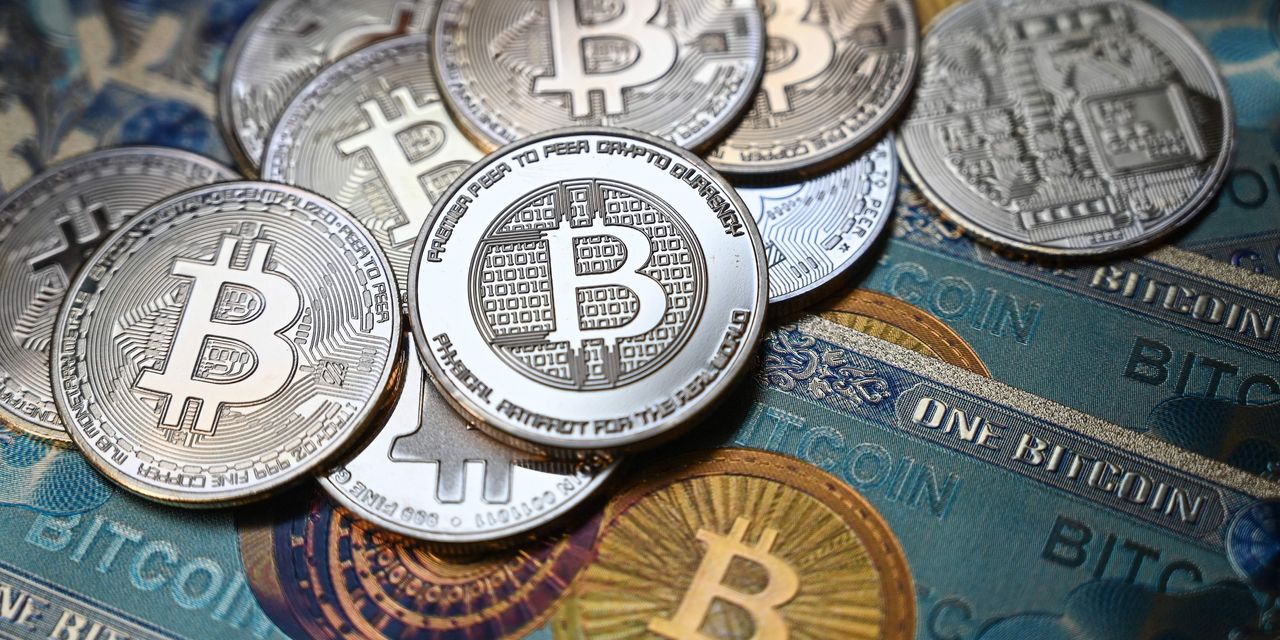It’s bitcoin white paper day.
On Oct. 31, 2008, a person or a group of people using the pseudonym Satoshi Nakamoto sent a 9-page paper to a mailing list of cryptographers, outlining a “peer-to-peer electronic cash system” called bitcoin
BTCUSD,
In January 2009, amid the aftermath of a worldwide financial crisis, Nakamoto launched the Bitcoin network.
In the 14 years since that day, bitcoin’s value rose from zero to a peak of $68,990 last November and was hovering above $20,000 on Monday, according to CoinDesk data. The cryptocurrency currently has a market capitalization of over $390 billion. It also inspired the creation of more than 20,000 different cryptocurrencies currently in circulation, while bitcoin remains the largest by market cap.
Nakamoto’s identity remains a mystery. The entity ceased activity in 2011 after posting on message boards and exchanging emails with other developers in the first two years after bitcoin’s invention.
Over the years, several people have been rumored to be Nakamoto, including early bitcoin contributor Hal Finney, cryptographer Nick Szabo, physicist Dorian Nakamoto and even Tesla’s chief executive Elon Musk, who all denied the claims.
An Australian computer scientist Craig Wright has claimed publicly that he is Nakamoto, but has yet to provide any concrete evidence to prove it. The bitcoin community soon dismissed the claim. Wright didn’t immediately respond to a request seeking comment for this article.
Read: MarketWatch Moments: How Lehman and the iPhone reshaped financial markets
The identity of Nakamoto still matters to the bitcoin community, not only because of his reputation, but also as he owns roughly 1 million bitcoin, which were valued at over $20 billion on Monday. If the coins were sold in large chunks, they could put significant pressure on the price of bitcoin.
Today, bitcoin is mostly viewed as an alternative investment, with its price trading mostly in line with tech stocks for the past few years. The cryptocurrency lost more than 55% year-to-date, as persistent inflation in the U.S. and a slowing global economy points to a gloomy macroeconomic outlook. Still, bitcoin supporters hope that the cryptocurrency, with a fixed supply of 21 million coins, could be seen as a store of value or even a haven in the future.
See: Gold and bitcoin were touted as safe havens. Both cases are falling apart
For the past few years, bitcoin has witnessed increasing adoption, most recently, with financial heavyweights such as BlockRock, BNY Mellon, Fidelity and Apollo providing relevant services.
Meanwhile, regulators have been paying closer attention on the cryptocurrency, focusing on consumer protection, financial stability, illicit finance, economic competitiveness and the environmental costs by bitcoin mining, among others.
